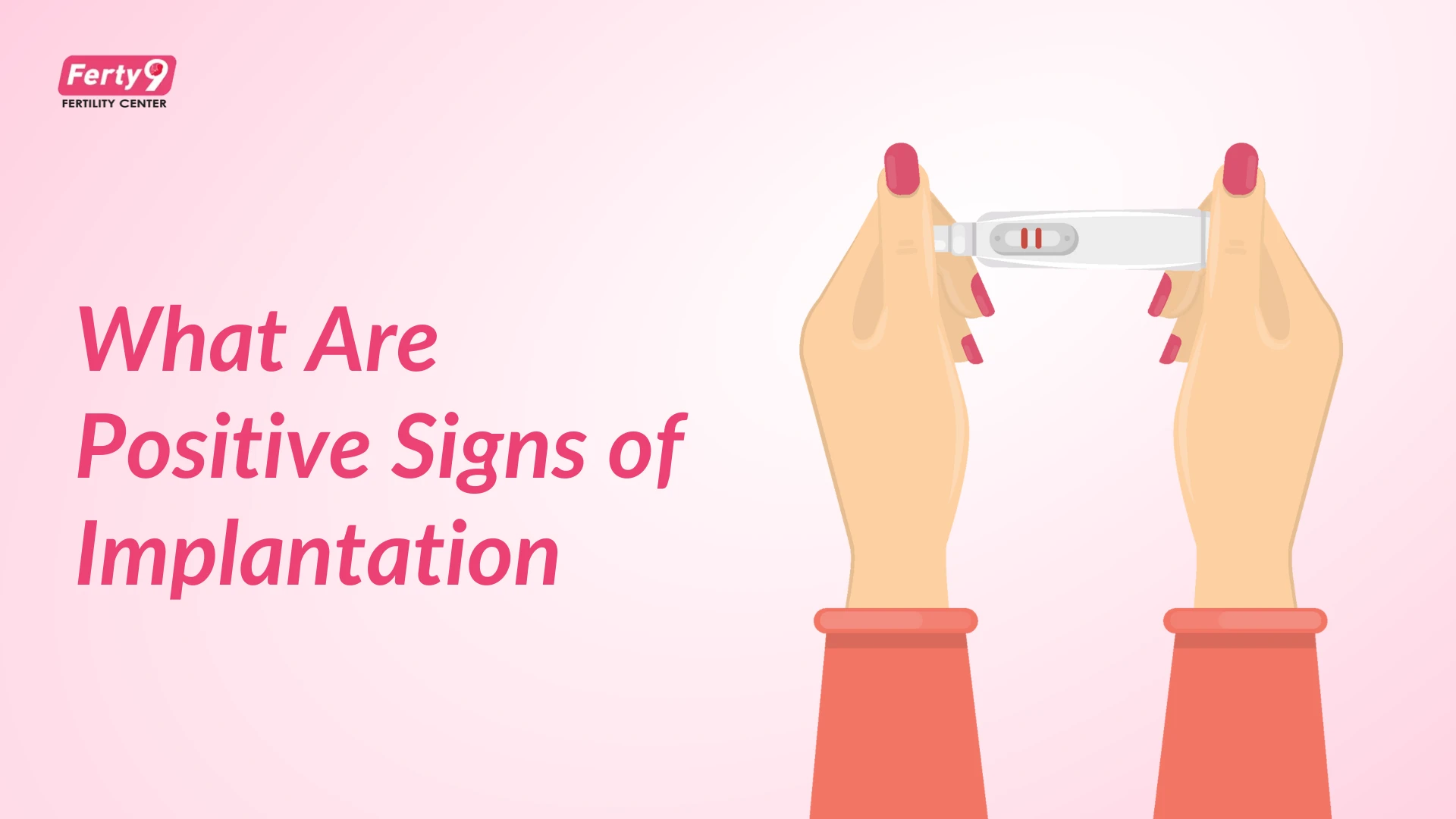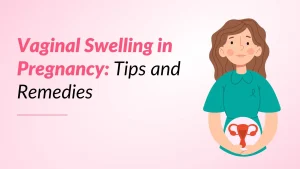The Two-Week Wait: Spotting the Positive Signs of Implantation
For any couple trying to conceive, the two-week wait—the time between ovulation and when you can take a pregnancy test—can feel like the longest two weeks of your life. Every twinge and symptom is a source of hope and anxiety. One of the earliest and most hopeful events during this time is implantation.
Recognising the subtle signs of implantation can be an early clue that you might be pregnant. However, it’s important to remember that these signs can vary greatly from woman to woman, and some may not experience any at all. A reliable pregnancy test is always the best way to confirm a pregnancy.
Let’s explore what implantation is and the positive signs you can look out for.
What Is Implantation?
Implantation is the magical moment when a fertilised egg, now a tiny embryo, attaches itself to the lining of the mother’s uterus. This is a critical step in early pregnancy, as it’s how the embryo gets the oxygen and nutrients it needs to grow.
- Timeline: Implantation typically happens about 6 to 12 days after ovulation and fertilisation.
- The Process: Think of it as the embryo finding its first home. It burrows into the rich, blood-lined wall of the uterus, where it will stay and develop for the next nine months.
Why Recognising Implantation Signs Matters
While not a definitive proof of pregnancy, paying attention to these signs can be helpful:
- It’s an Early Clue: It can be the very first hint that you might have successfully conceived.
- Reduces Confusion: Knowing the signs can help you distinguish between early pregnancy symptoms and your usual pre-menstrual symptoms (PMS).
- Offers Emotional Reassurance: During the stressful two-week wait, noticing these signs can provide a much-needed glimmer of hope.
Positive Signs of Implantation
Light Spotting or Implantation Bleeding
This is one of the most well-known signs. It’s caused by the embryo burrowing into the uterine lining.
- Difference from a Period: It is very different from menstrual bleeding.
- Colour: Usually light pink or brown, not bright red.
- Duration: It’s very short-lived, often lasting only a few hours to a couple of days. It’s more like “spotting” than a real flow.
Mild Cramping
You might feel light, mild cramping or a pulling sensation in your lower abdomen.
- Cause: This is caused by the uterus adjusting as the embryo implants.
- Difference from Period Cramps: Implantation cramps are typically much milder and less intense than the cramps you might get with your period.
Breast Tenderness and Changes
Rapidly rising hormone levels (especially progesterone and hCG) after implantation can cause your breasts to feel:
- Swollen or heavier
- Sore and tender to the touch
- You might also notice the areolas (the area around the nipples) becoming darker.
Increased Basal Body Temperature (BBT)
If you’ve been tracking your BBT, you’ll notice a rise in temperature after ovulation. If you are pregnant, your temperature will remain elevated for more than 14 days instead of dropping before your period.
Fatigue and Tiredness
Feeling unusually exhausted? The sharp rise in the hormone progesterone is responsible for this. This isn’t just normal tiredness; it’s a deep fatigue that can be one of the earliest signs of pregnancy.
Heightened Sense of Smell or Taste Changes
Hormonal shifts can make you more sensitive to certain smells. You might also experience a strange metallic taste in your mouth or suddenly dislike foods you normally love.
Frequent Urination
Soon after implantation, the pregnancy hormone hCG increases blood flow to your pelvic area and kidneys, causing you to feel the need to urinate more often.
Distinguishing Implantation Signs from PMS
Many early implantation signs are frustratingly similar to premenstrual syndrome (PMS). Here’s how to spot the difference:
- Timing: Implantation signs typically occur a few days before your period is due, while PMS symptoms usually start right before your period.
- Bleeding: Implantation bleeding is light pink/brown spotting, whereas a period is a heavier, bright red flow.
- Cramps: Implantation cramps are mild and fleeting, while period cramps can be more intense and last longer.
When to Take a Pregnancy Test
As tempting as it is to test early, it’s best to wait for the most accurate result.
- Best Time: Wait until the day your period is expected, or at least 12 to 14 days after ovulation. Testing too early can lead to a false negative because the pregnancy hormone (hCG) may not be high enough to be detected.
- Home Tests: Modern home pregnancy tests are very accurate when used correctly.
- Blood Tests: A blood test (Beta hCG test) done at a clinic like Ferty9 is the most sensitive and can confirm a pregnancy with 100% accuracy.
When to Consult a Doctor
While mild spotting and cramping are normal, you should contact a doctor if you experience:
- Heavy bleeding that is similar to or heavier than a normal period.
- Severe, sharp, or one-sided pain in your abdomen.
- These could be signs of a complication, and it’s always best to get checked.
For any couple trying to conceive, regular consultations with a fertility specialist can provide guidance and support throughout your journey.
Summary
The positive signs of implantation can be an exciting and hopeful indicator of early pregnancy. However, they are subtle and not always definitive. The only way to know for sure is with a reliable pregnancy test.
Listen to your body, stay positive, and don’t hesitate to reach out to the healthcare professionals at Ferty9. We are here to support you with expert guidance and compassionate care on your path to parenthood.



























